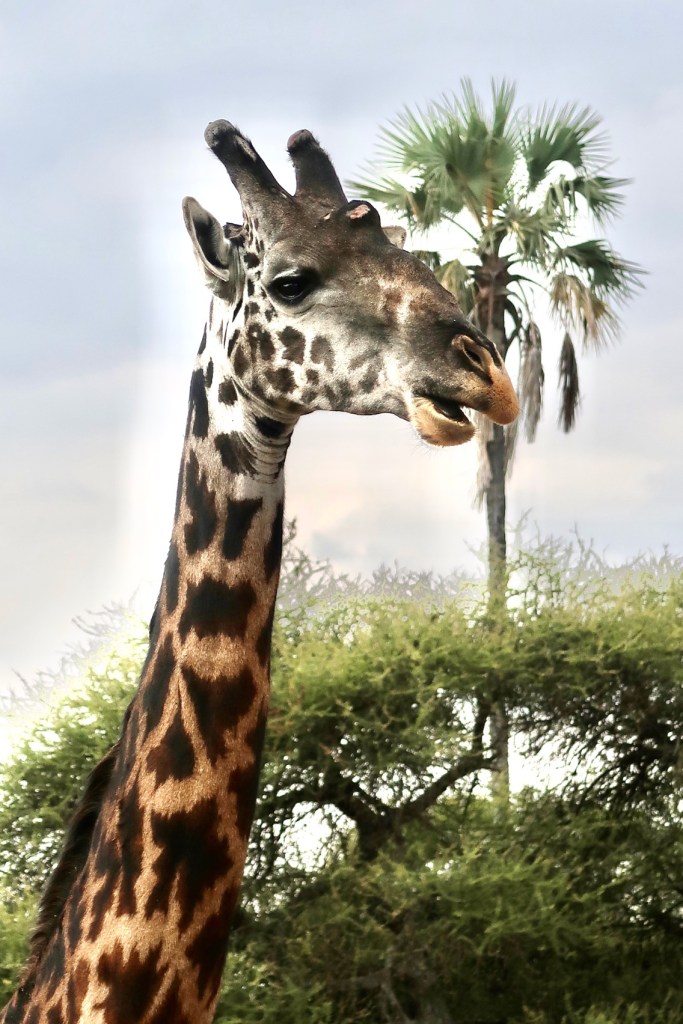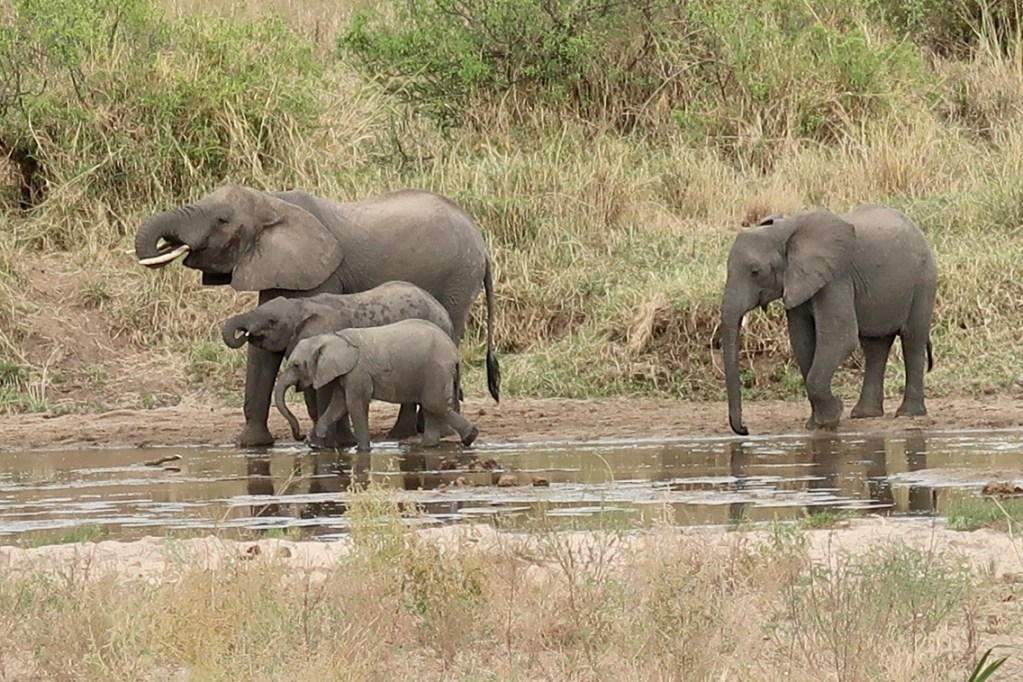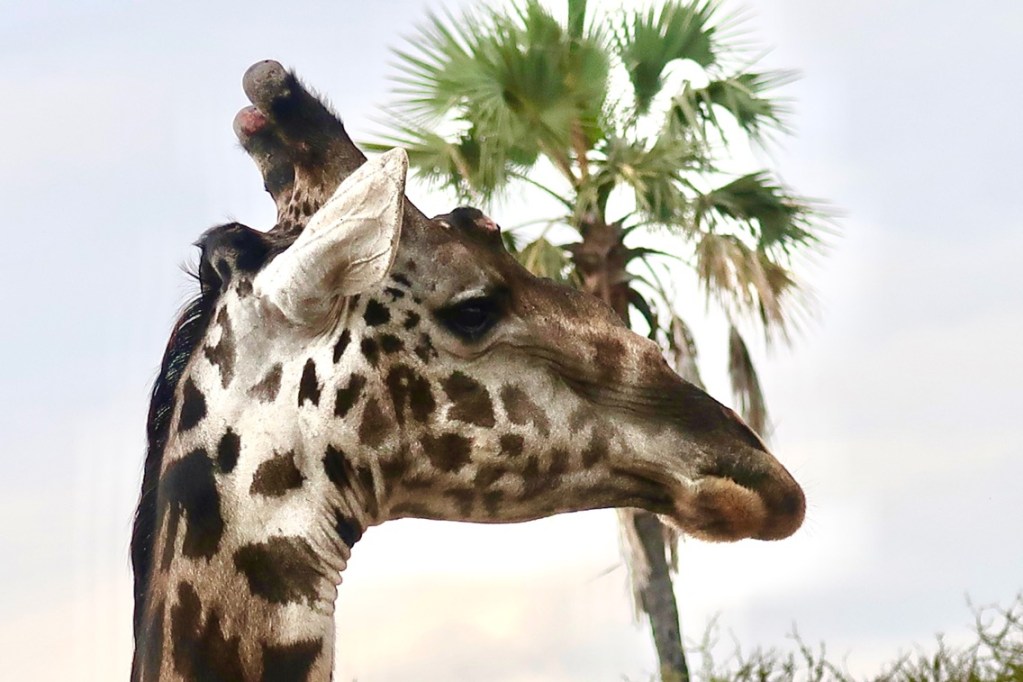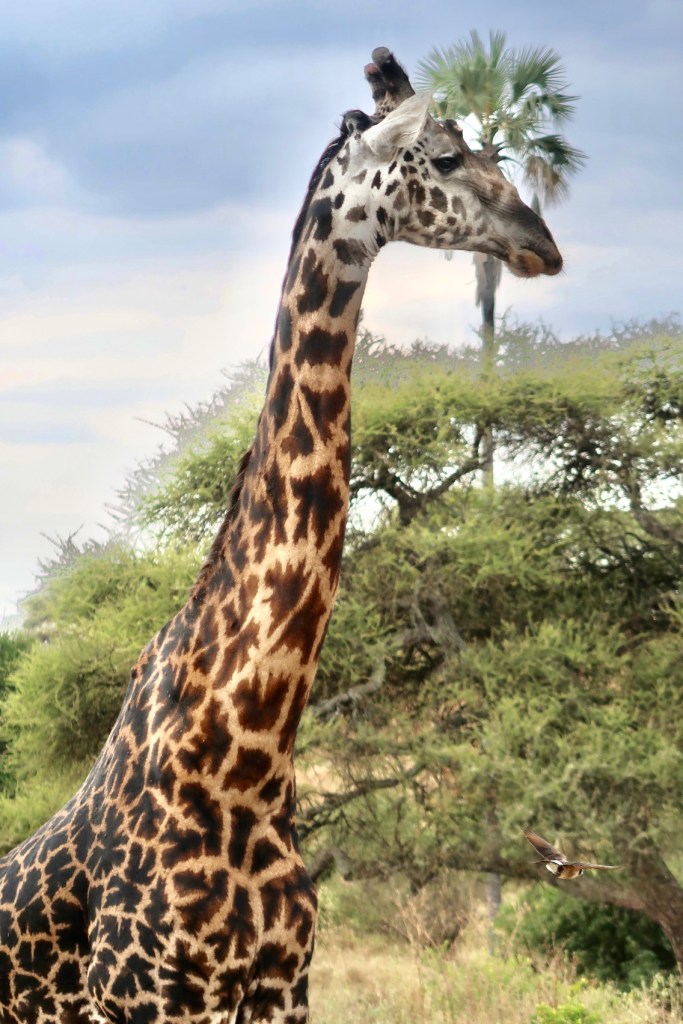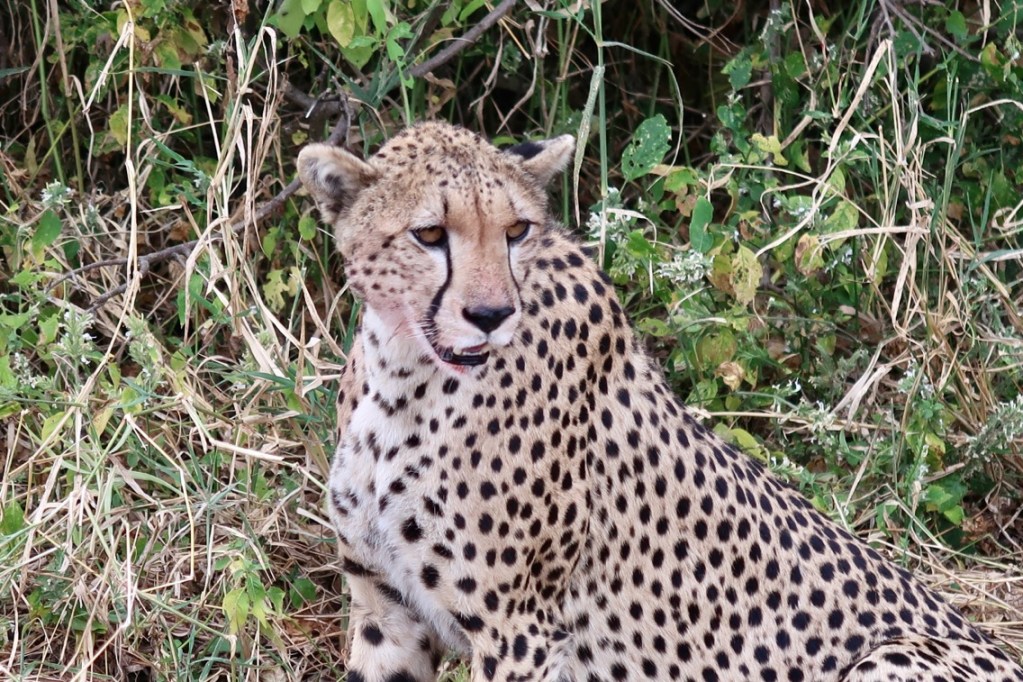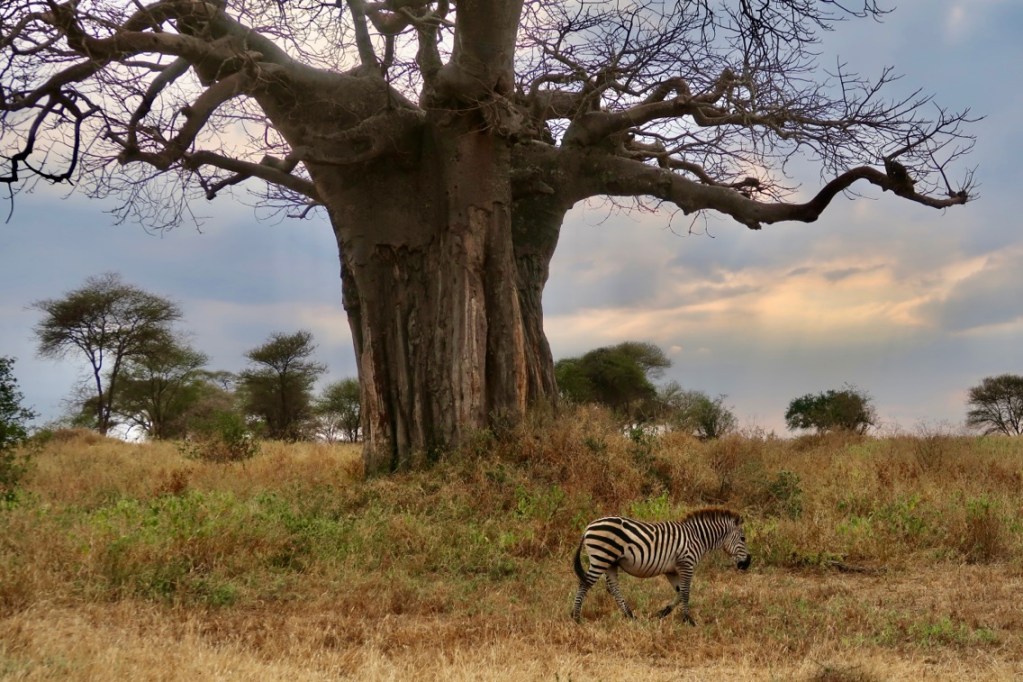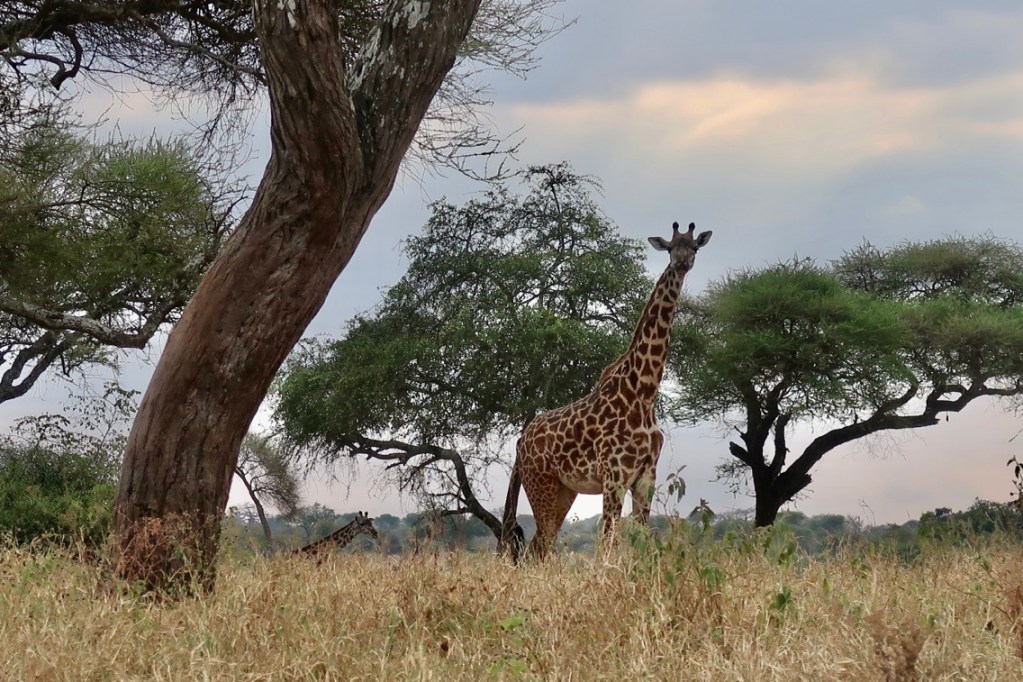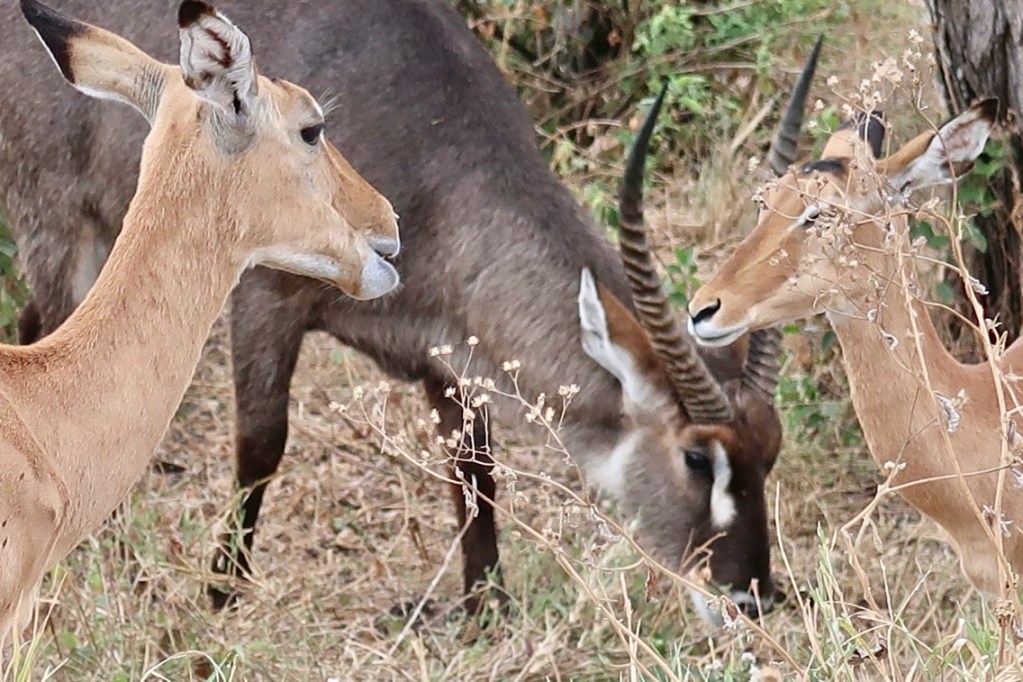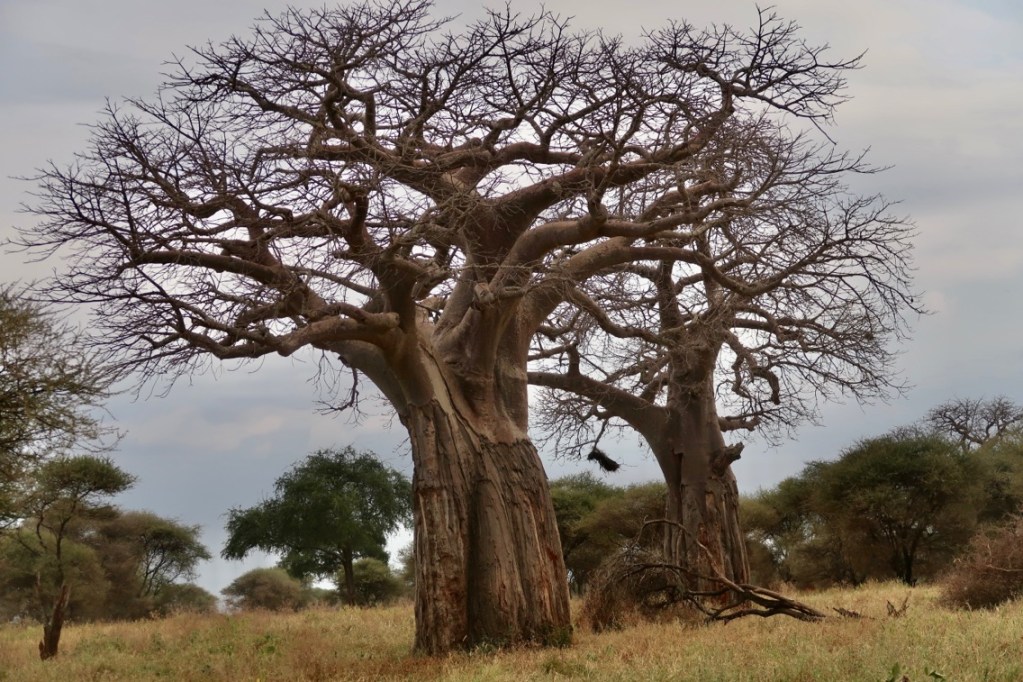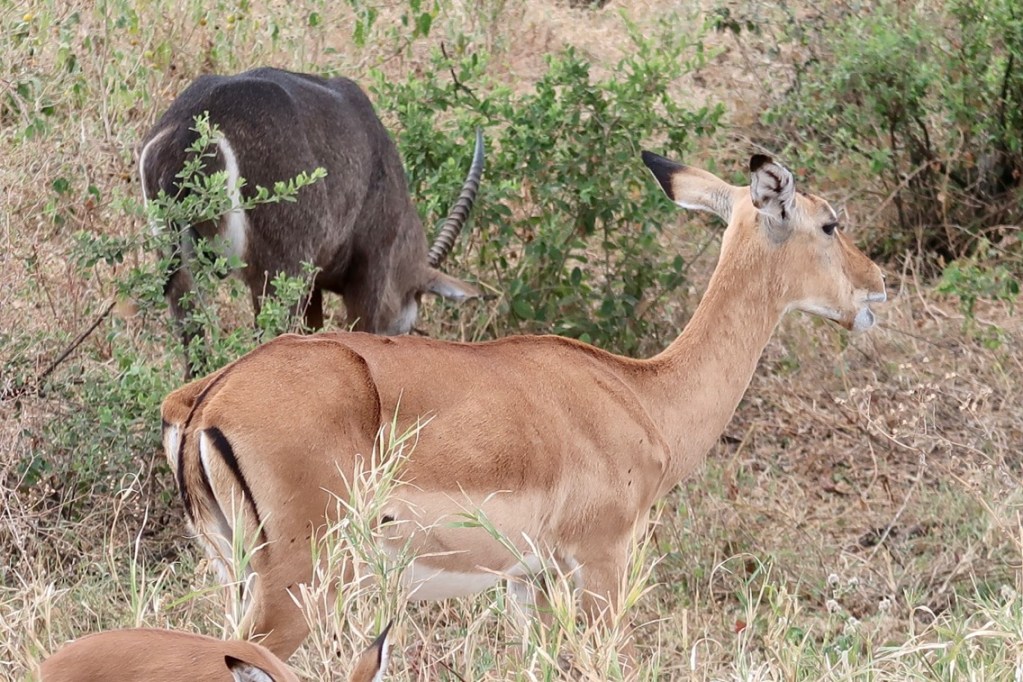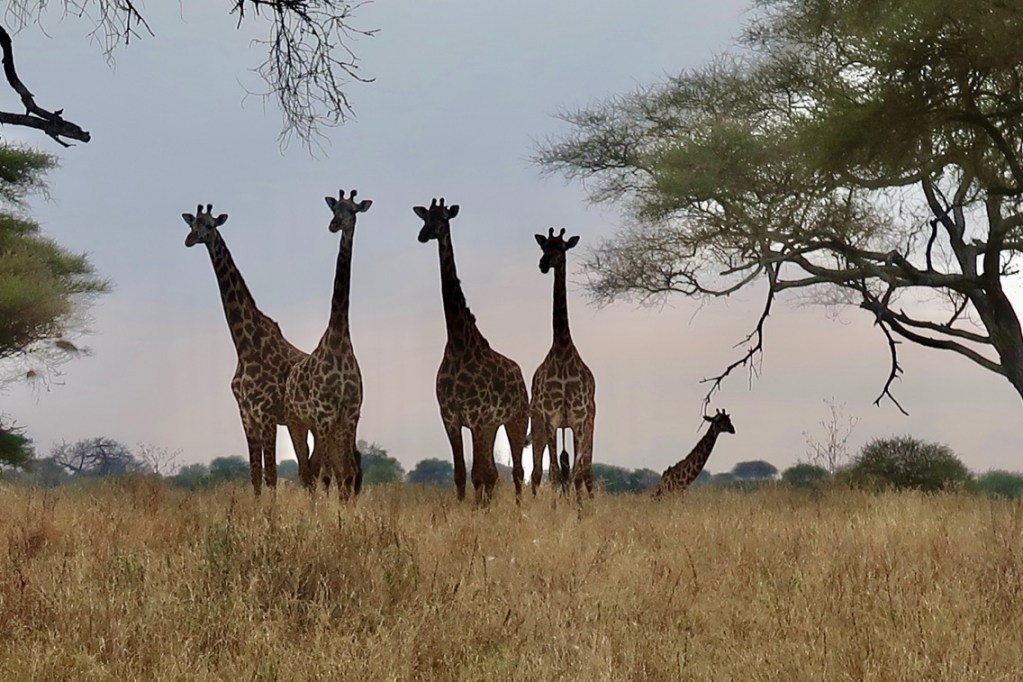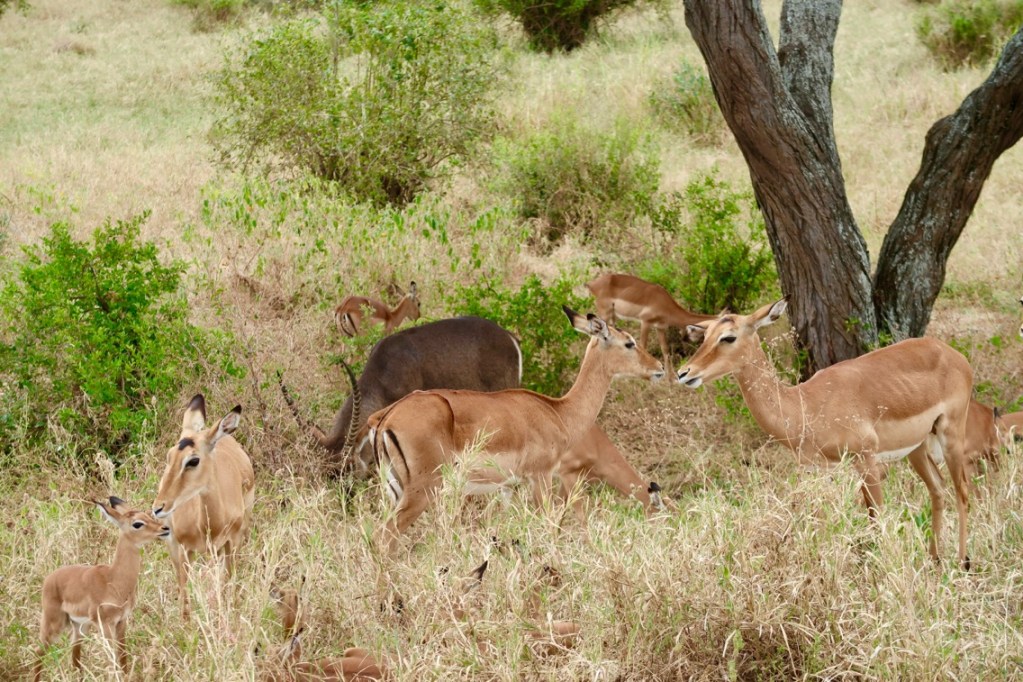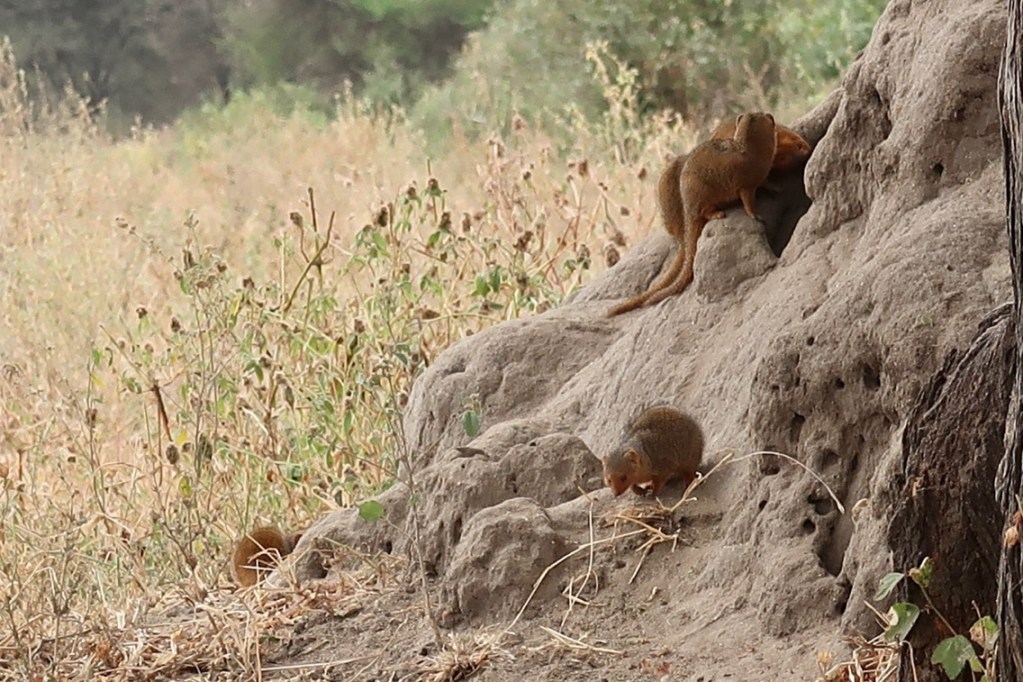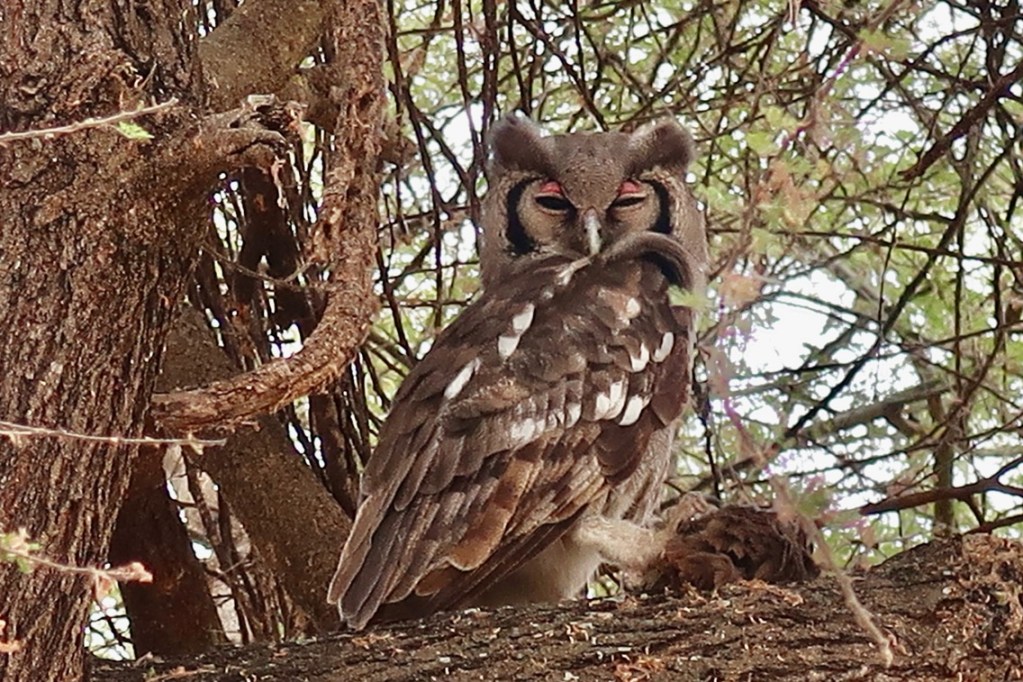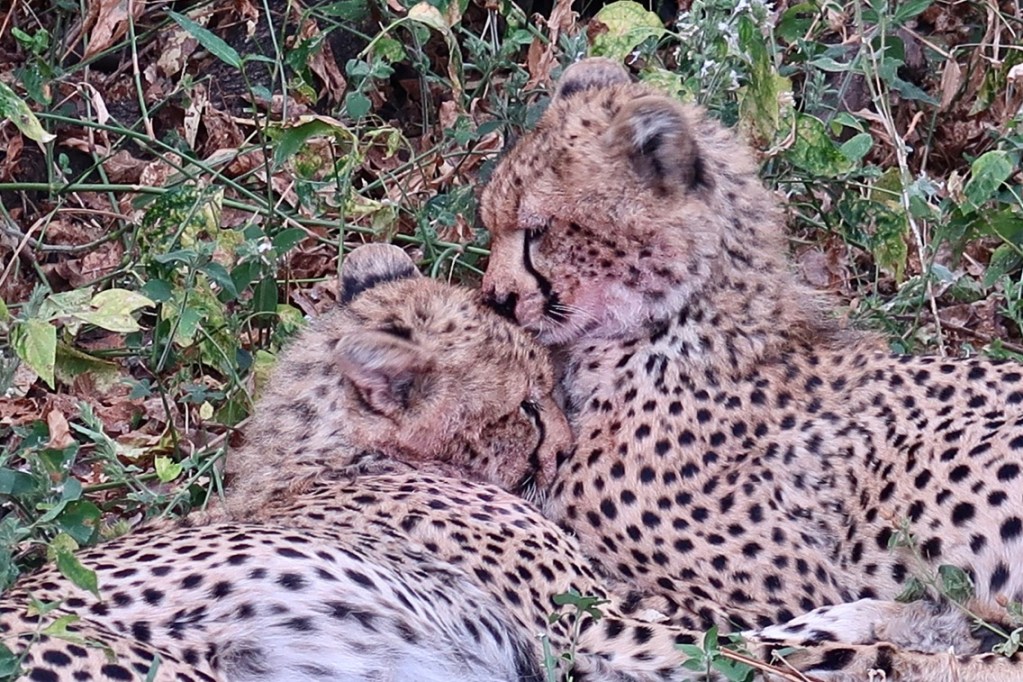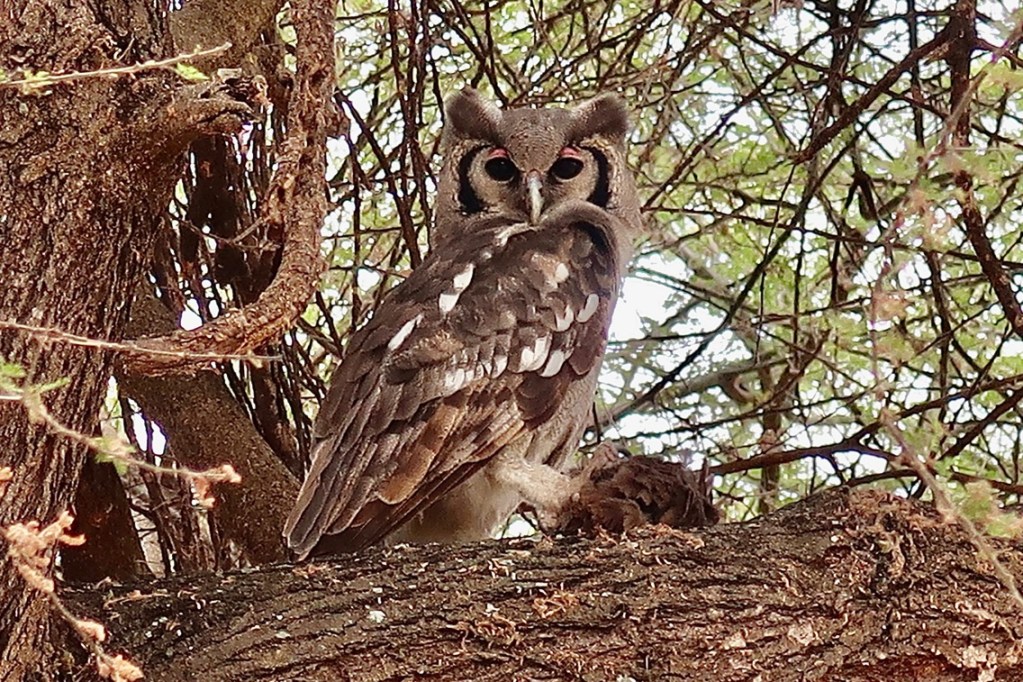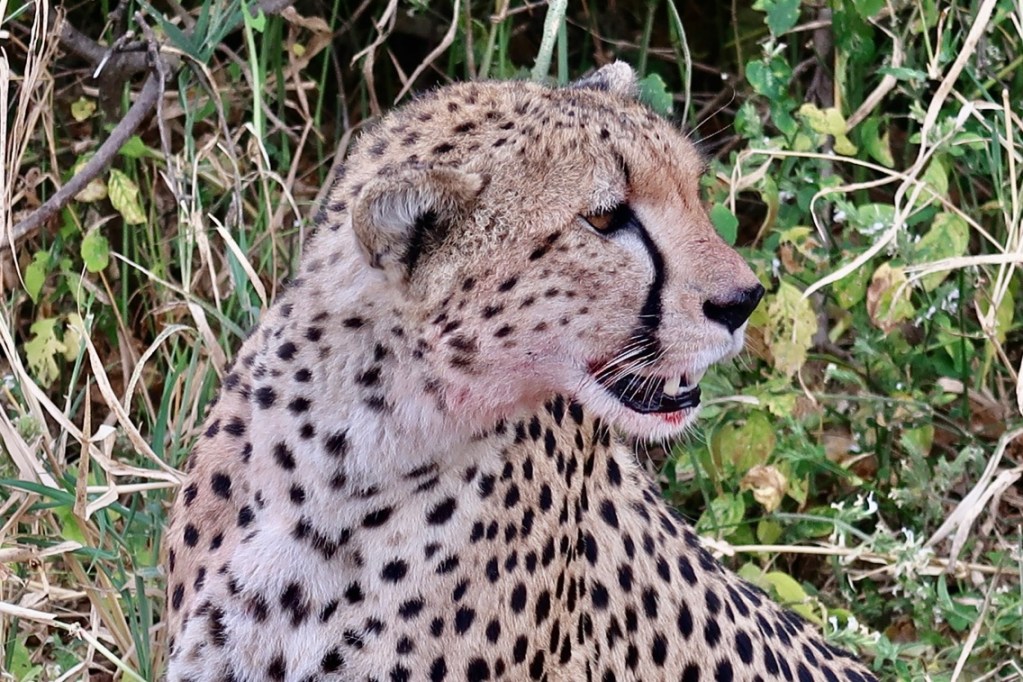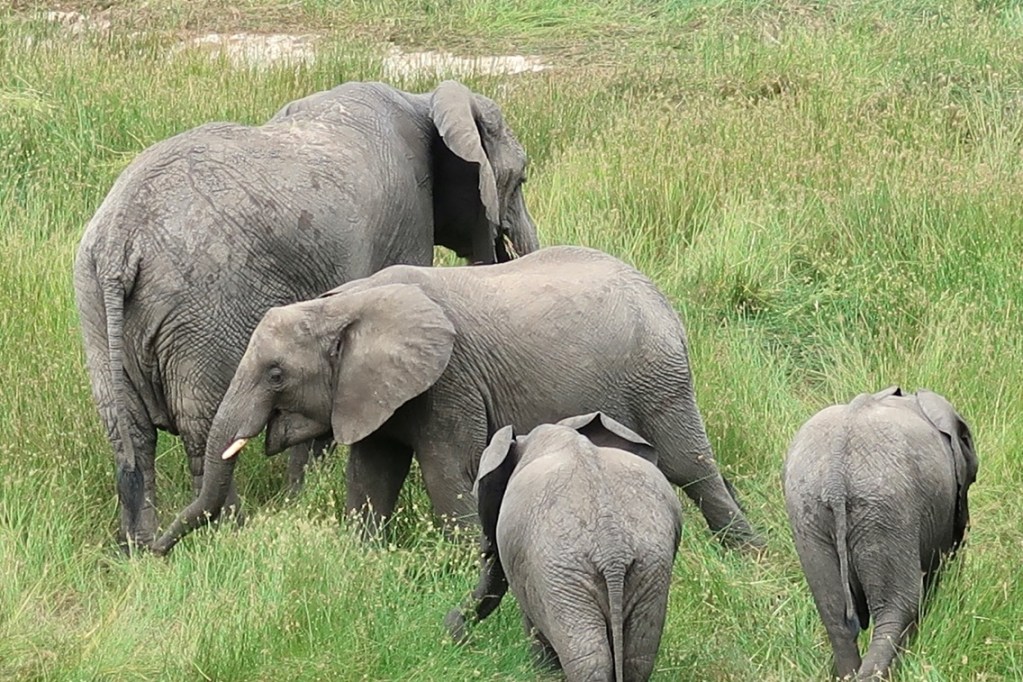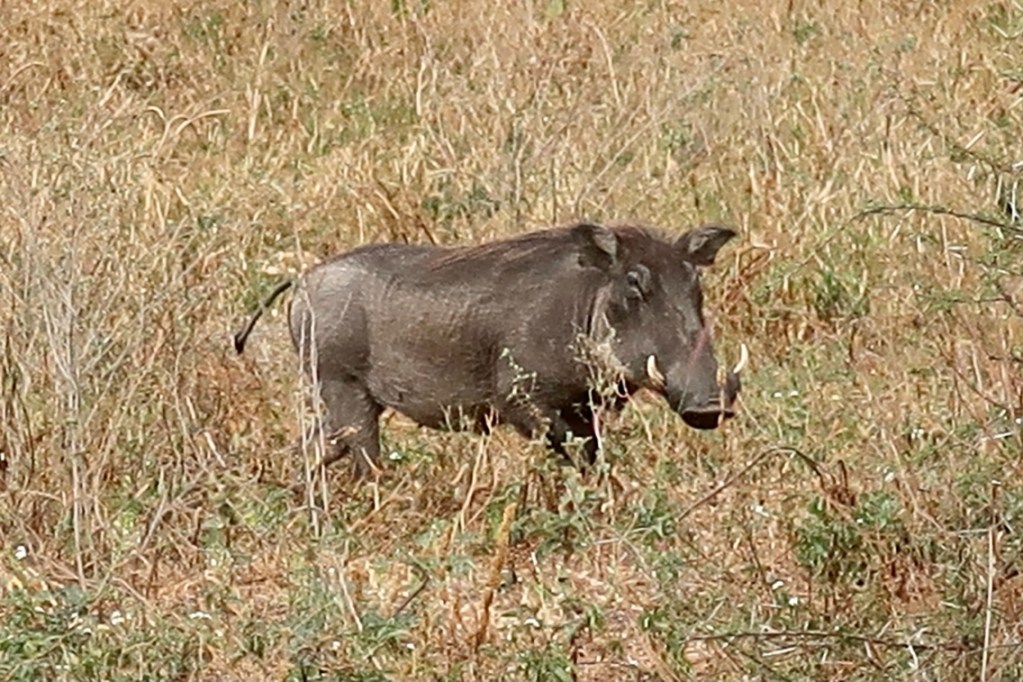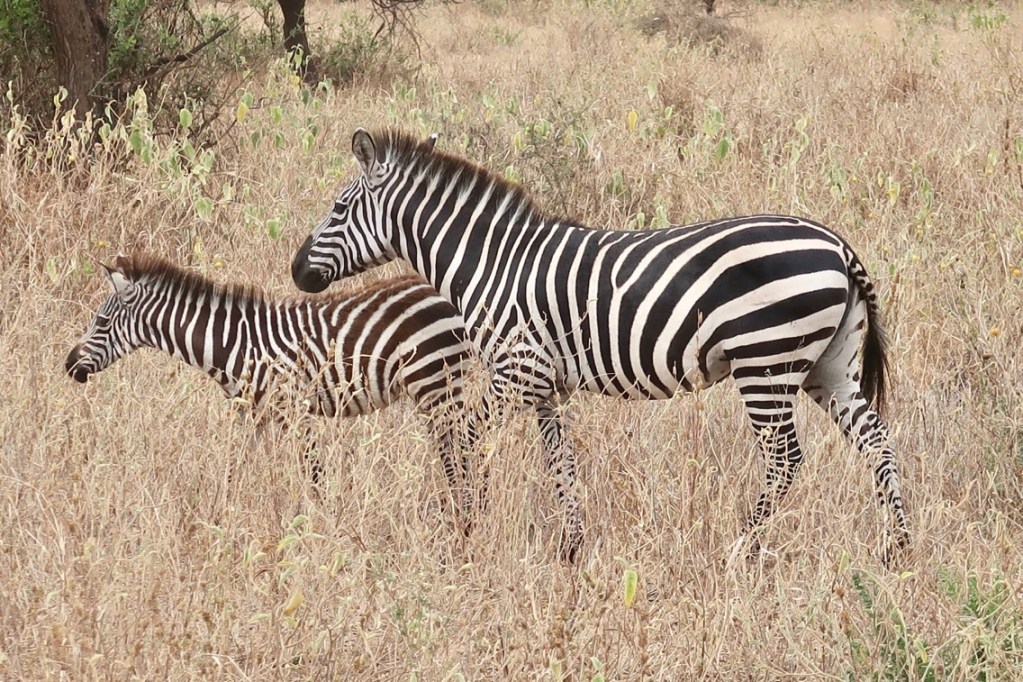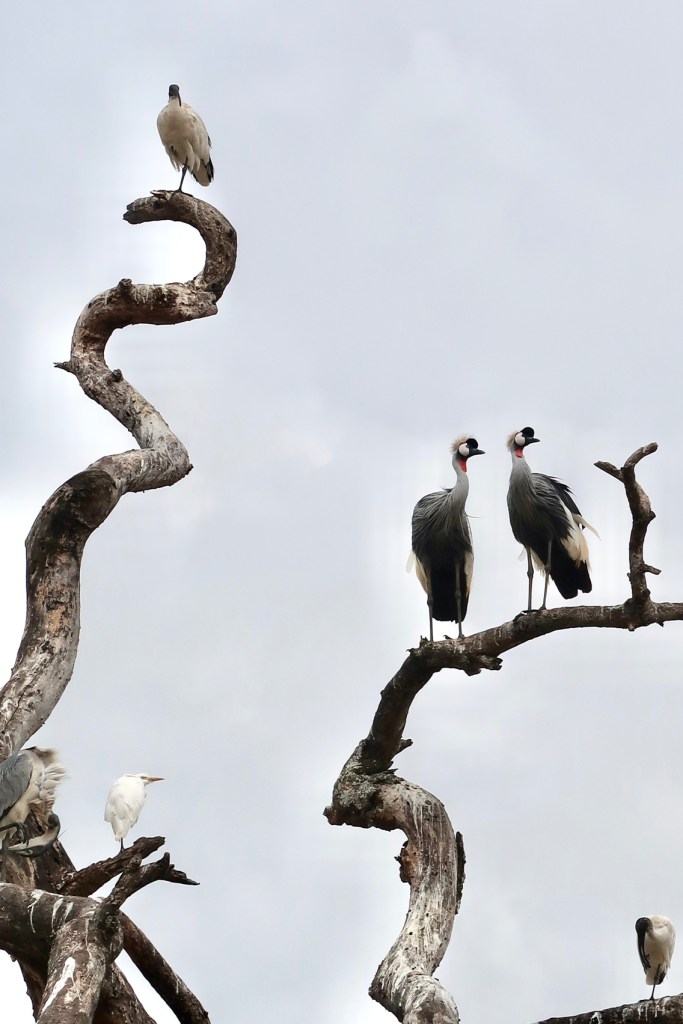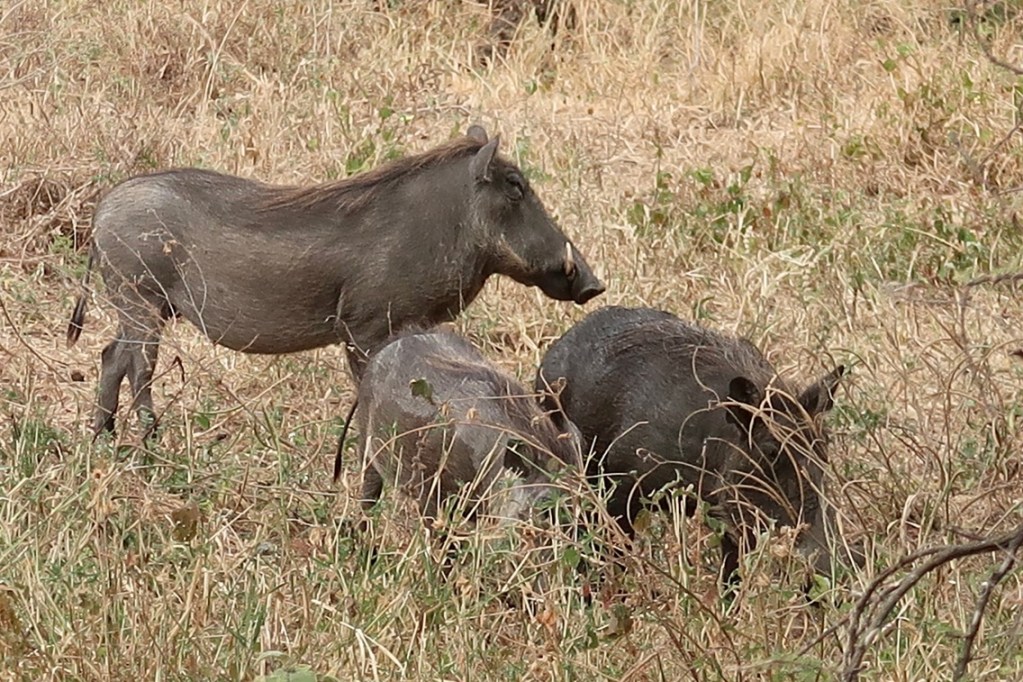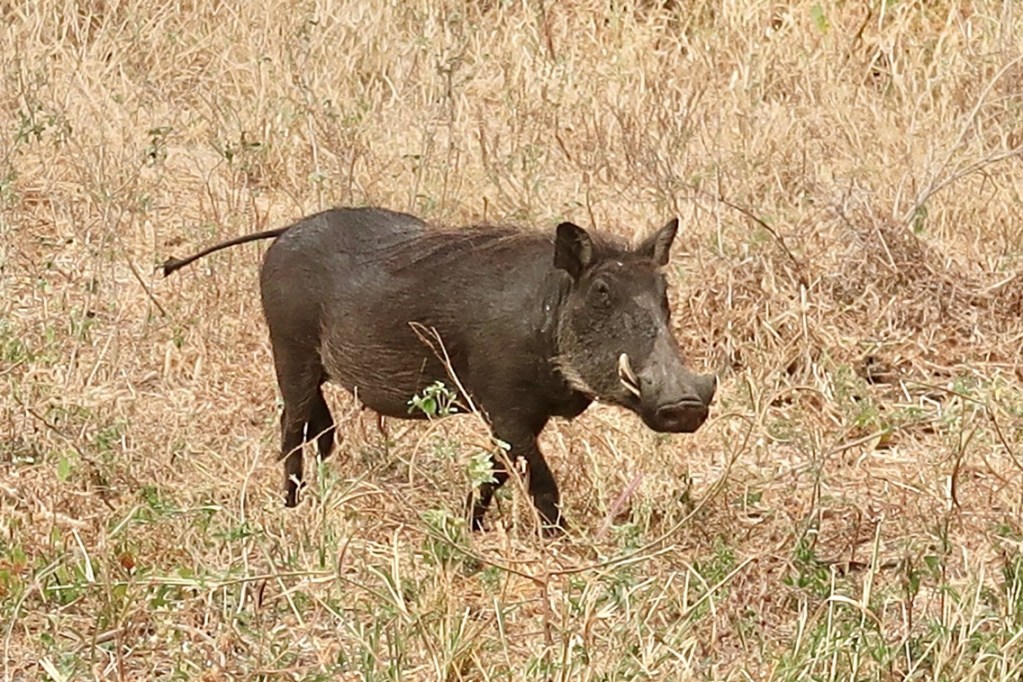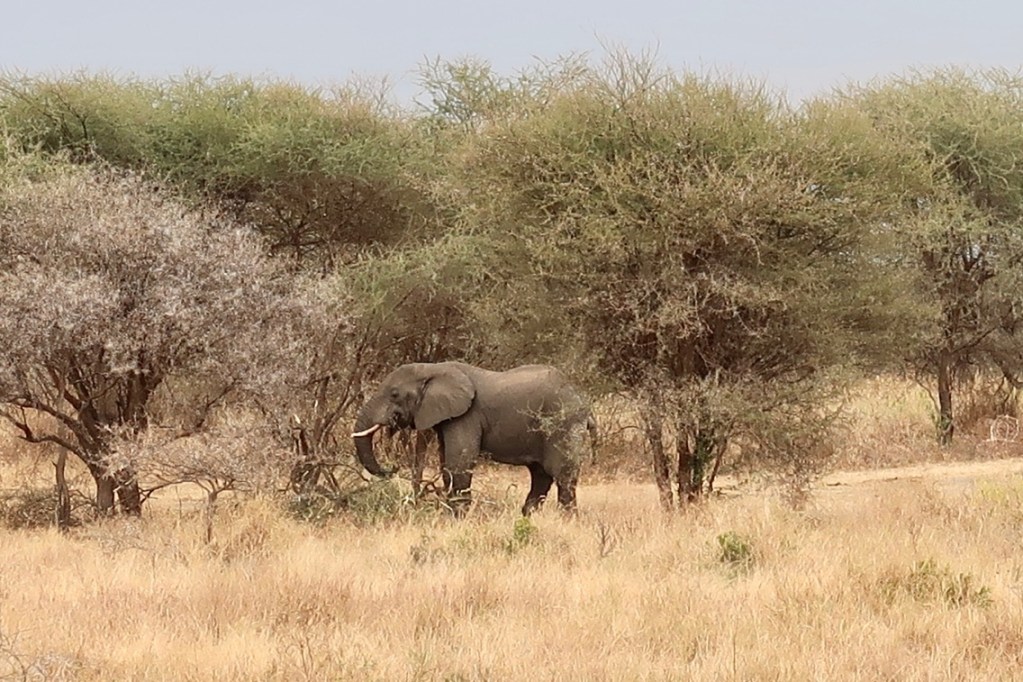The Beautiful Wildlife In The Tarangire National Park, Tanzania
The Beautiful Wildlife In The Tarangire National Park
There are many safari tour operators in Arusha and Kilimanjaro, all offering the same basic itinerary, with small variations based on the client’s available time and accommodation preferences.
The typical safari usually includes Tarangire National Park, Manyara Lake Park, Ngorongoro Crater, Central Serengeti and Northern Serengeti, and then a return to Arusha.
The roads are only good until Ngorongoro Crater.
After that you drive on seriously potholed gravel and dirt roads for days.
It feels like somebody is shaking you and rattling your bones, all day long.
Being there really feels like you are embarking on an adventure.
The wild animals we saw took away all the discomforts that I felt from the long days of riding in the open top safari cruiser.
In the morning after breakfast, we met with a man from our safari tour company, who briefed us about the itinerary.
He unfolded a map that was torn at the creases and glued again with a clear cellophane tape at the back.
He ran his thick fingers along the route that we will be taking, indicating the places we will be visiting.
He then asked us for proof of our travel and health insurance. He wanted to make a copy of it for the company’s records, in case we needed medical help.
Normally Jules and I do not buy travel insurance nor travel health insurance.
We travel too frequently to make it a viable option.
Some years, we spend more time on the road than we spend at home.
It is not that we think that we will never get sick while on the road.
We know that it is a possibility and that we might have to deal with it sometime.
We prefer to call it “Self Insured,” meaning that we will pay our own expenses when and if it happens.
We knew ahead about this health insurance request, so I asked Jules to bring with him his Medicare card.
Medicare is the US federal health insurance program for people over 65, that is only valid inside the USA.
Jules fumbled through his wallet and could not find the card.
Eventually, he took out of his wallet the two cards that looked like insurance cards, his AAA automobile membership card and our Safeco Insurance card, insuring our house and car.
These were accepted gladly, carefully photographed and returned to us.
Now all we had to do before going into the National Parks region, was to make a stop at a supermarket, to buy any snacks we might want.
The safari included all meals and water.
The supermarket was located in a small mall, so we decided to make a last attempt to find two sweatshirts that we could wear on the cold nights and chilly days during the safari.
The small mall was not yet fully open, but it didn’t have many clothing stores anyway.
We quickly walked around looking for a clothing or a sporting goods store.
The only sports store in the mall had a collection of oversized ugly sweatshirts, but at least they were made from a fabric that was not scratchy and could keep us warm.
We settled on two ugly and oversized North Face sweatshirts, one in a bright red color for Jules and a grey one for me.
They were pieces of junk, that at the Walmart at home would have cost $12 each, but here they were four times that price.
My sweatshirt’s logo was “Run The Boston Marathon April 2013.”
I had an immediate suspicion that they had shipped these sweatshirts to Tanzania after the Boston marathon bombing, where two terrorists planted bombs, which detonated near the finish line of the race, killing 3 people and injuring hundreds of others, including 17 who lost their limbs.
But I could not remember the exact year.
It seemed too surreal that the only sweatshirt I could buy in Arusha, would be from the very same year.
A quick google search on my phone showed that it was indeed the same year, and most definitely that is how my sweatshirt made its way to Tanzania.
Dressed warmly now and covered with our Maasai blankets, we started our safari.
The Tarangire National Park is located a few hours’ drive from the town of Arusha.
Along the way, we passed by many Maasai villages, and saw them herding their cattle, as well as carrying water and supplies with their donkeys.
The name Tarangire means a River of Warthogs.
(Tara is a River and Gire is a Warthog.)
The park extends into two game protected areas, and the wildlife migrates and roams freely throughout.
What you will see inside the park depends on the season, the time of the day, and pure luck.
We were very lucky.
We saw droves of gazelles, antelope, wildebeests, zebras, and beautiful tall giraffes, grazing in the park’s scrub plains and among the thorny acacia trees, where the grazing land provides both shelter and food.
We saw families of warthogs, baboons, elephants, Rhinos, buffalo, impala, hartebeest and eland, and perhaps most exciting, a mother cheetah who had just successfully hunted a reed buck, and was sharing it with her cubs.
She was only one meter or so away from our vehicle and no other safari vehicles were around.
Alan, our guide, told us that cheetahs are very slender animals and even though they are very quick, they are afraid of leopards, lions and Hyenas.
They are not territorial animals because their hunting grounds in their home range are very big.
The ancient baobab trees were a delight to behold.
Their gnarled branches spread into the sky, looking both majestic and very picturesque.
The Tarangire has the greatest concentration of wildlife outside of the Serengeti ecosystem.
The swamps in the park are home to 550 bird varieties, the most breeding species in one habitat anywhere in the world.
Tall termite mounds are often frequented by colonies of dwarf mongoose.
Tarangire’s pythons climb trees, as do its lions and leopards, lounging in the branches where the fruit of the inedible sausage tree disguises the twitch of their tails.
It was an exciting day for us, and a rewarding one.
With blessings and light,
Tali
